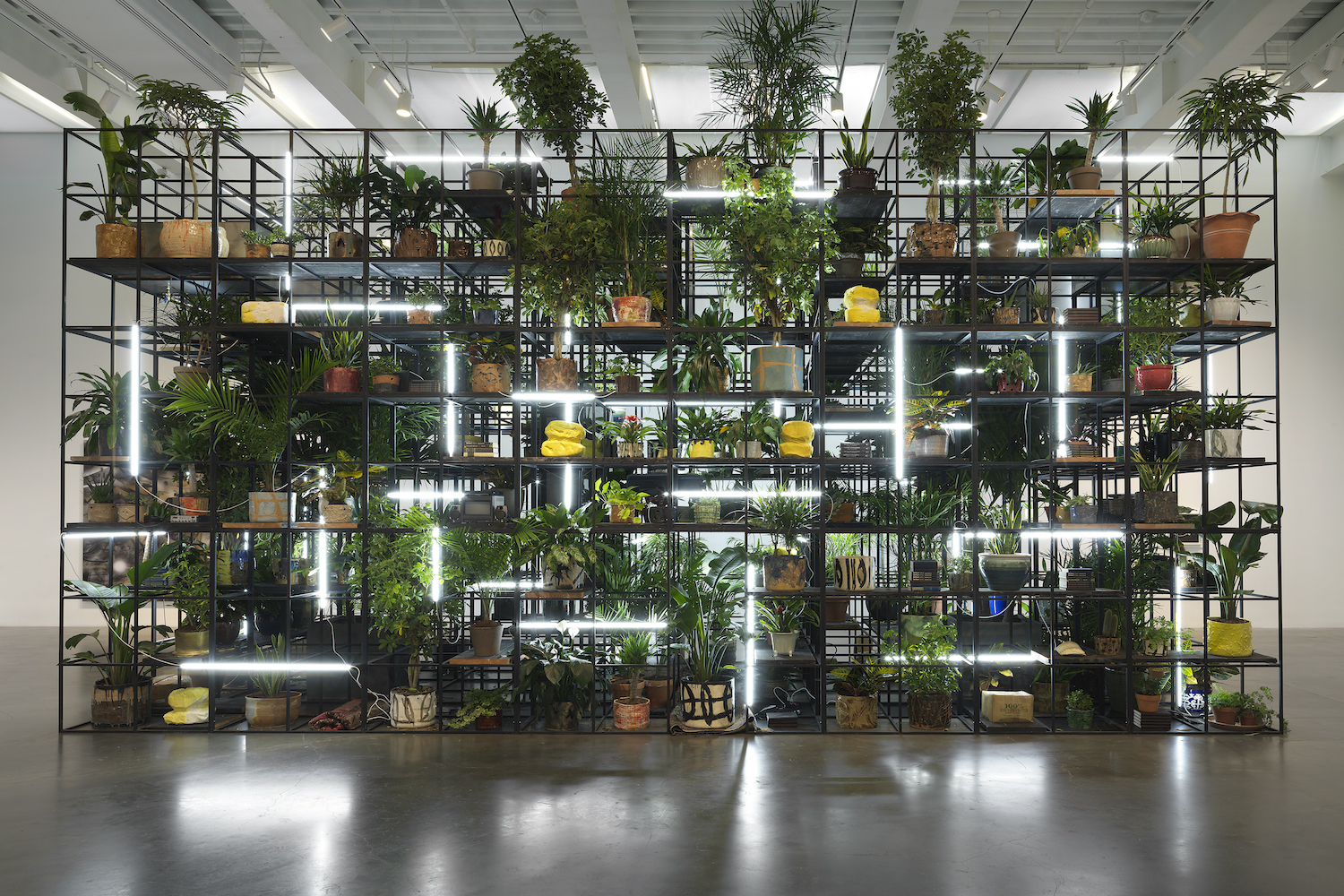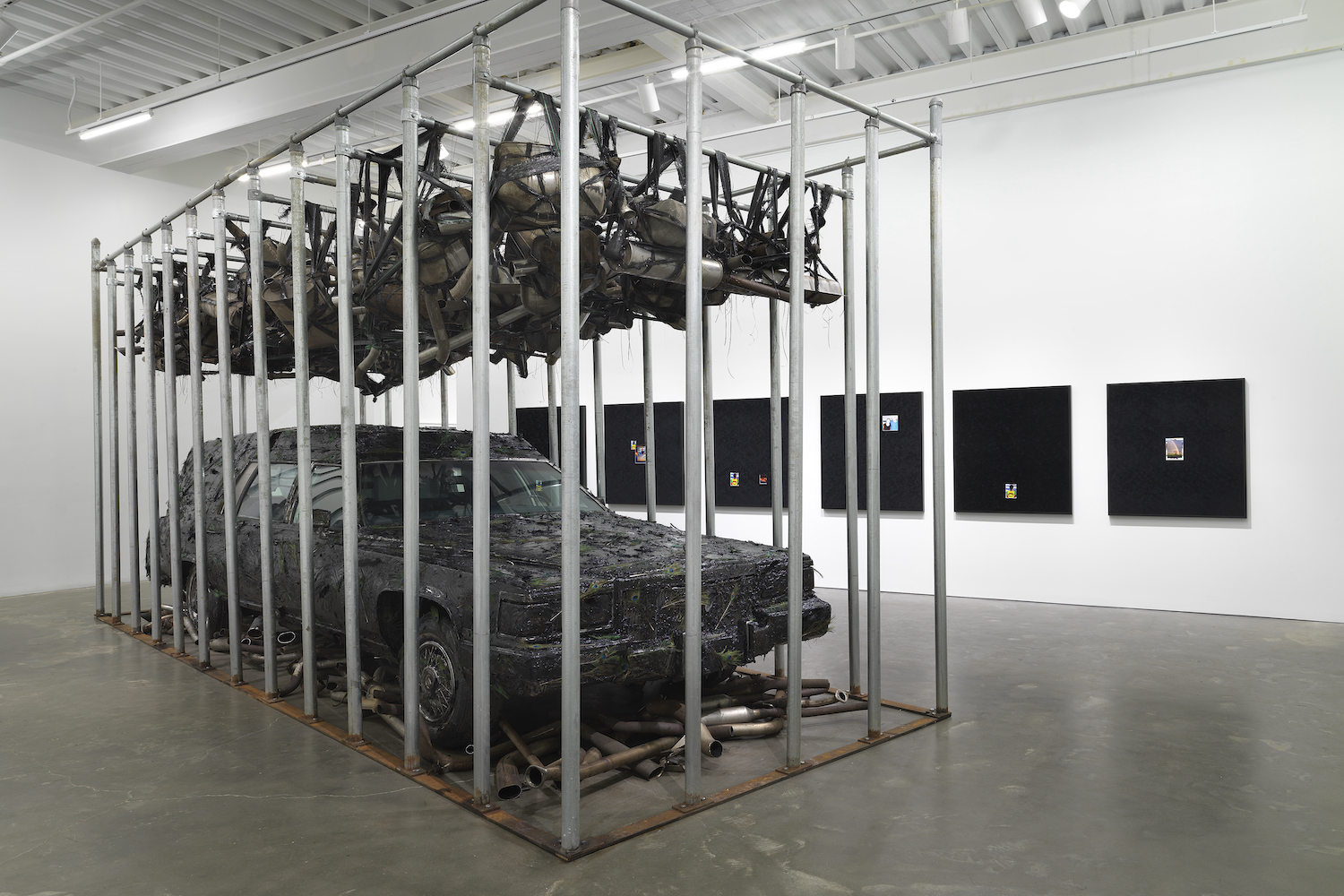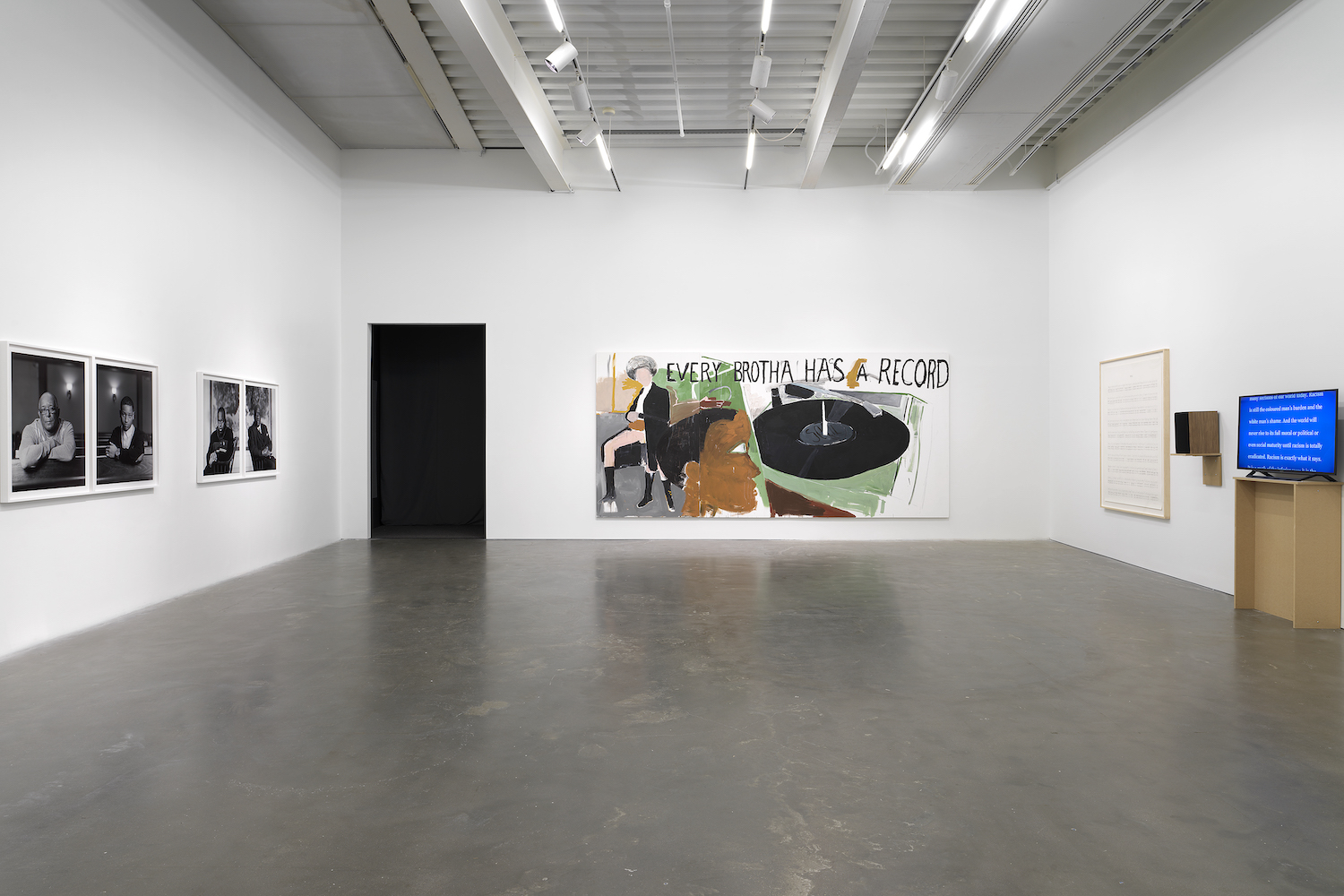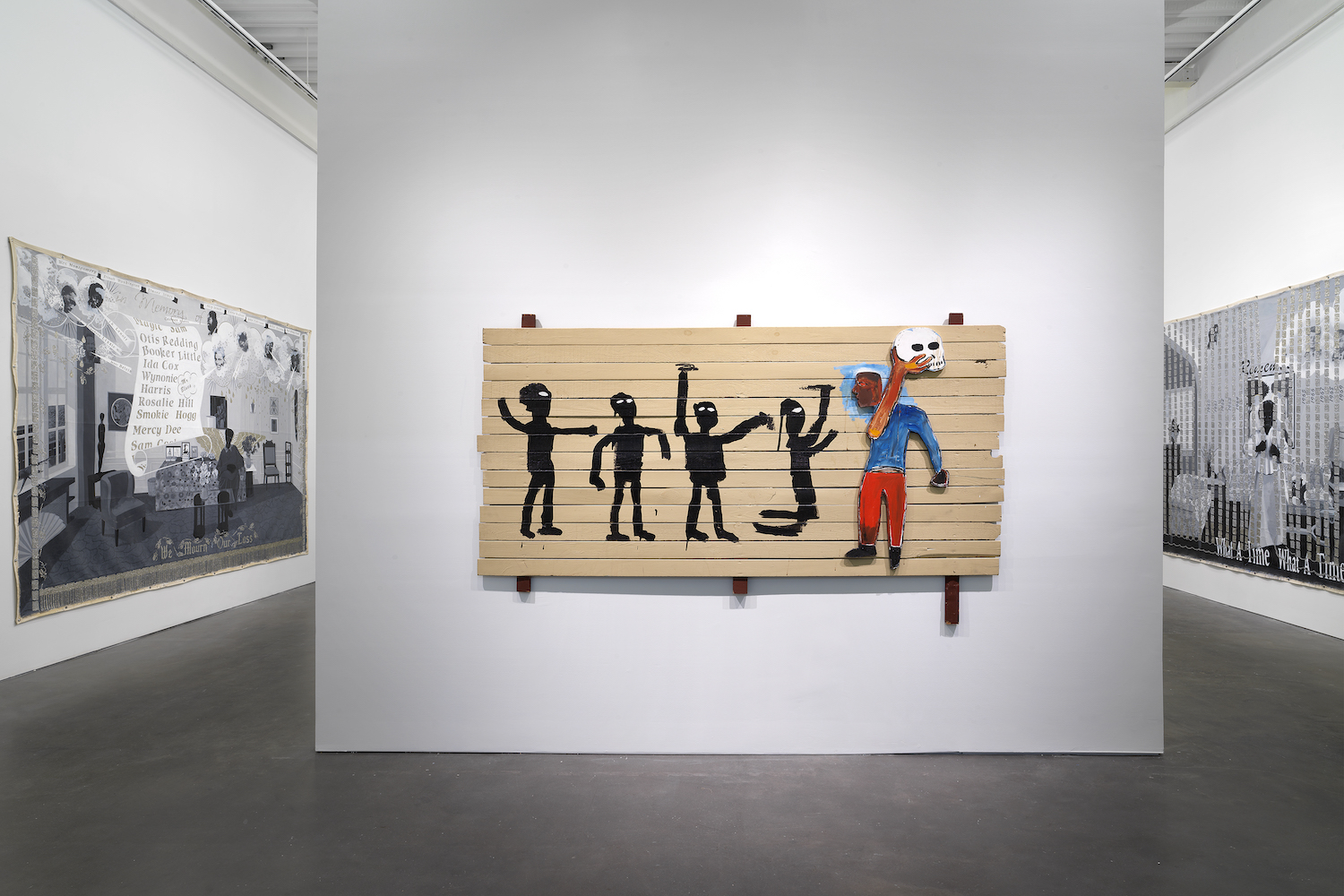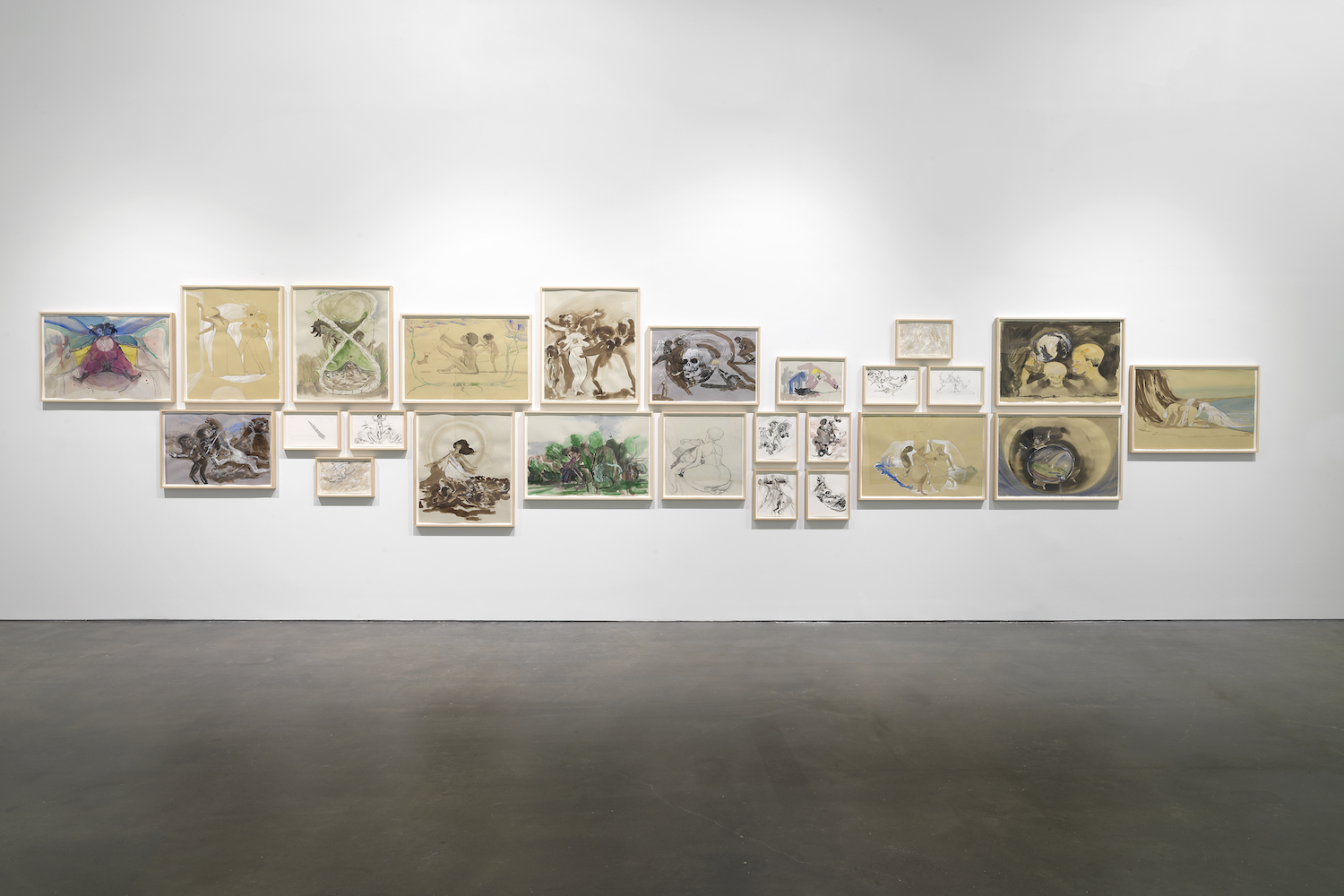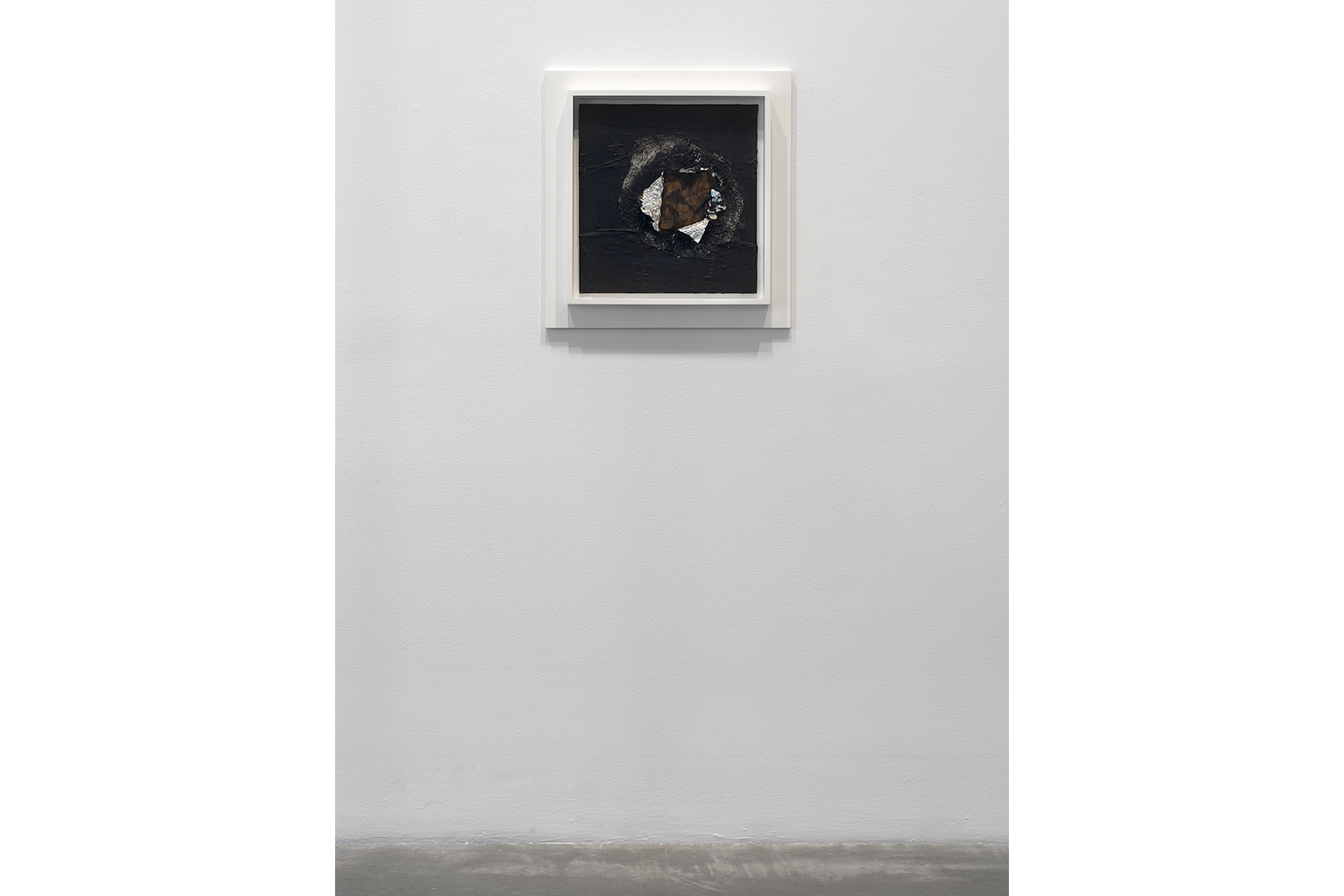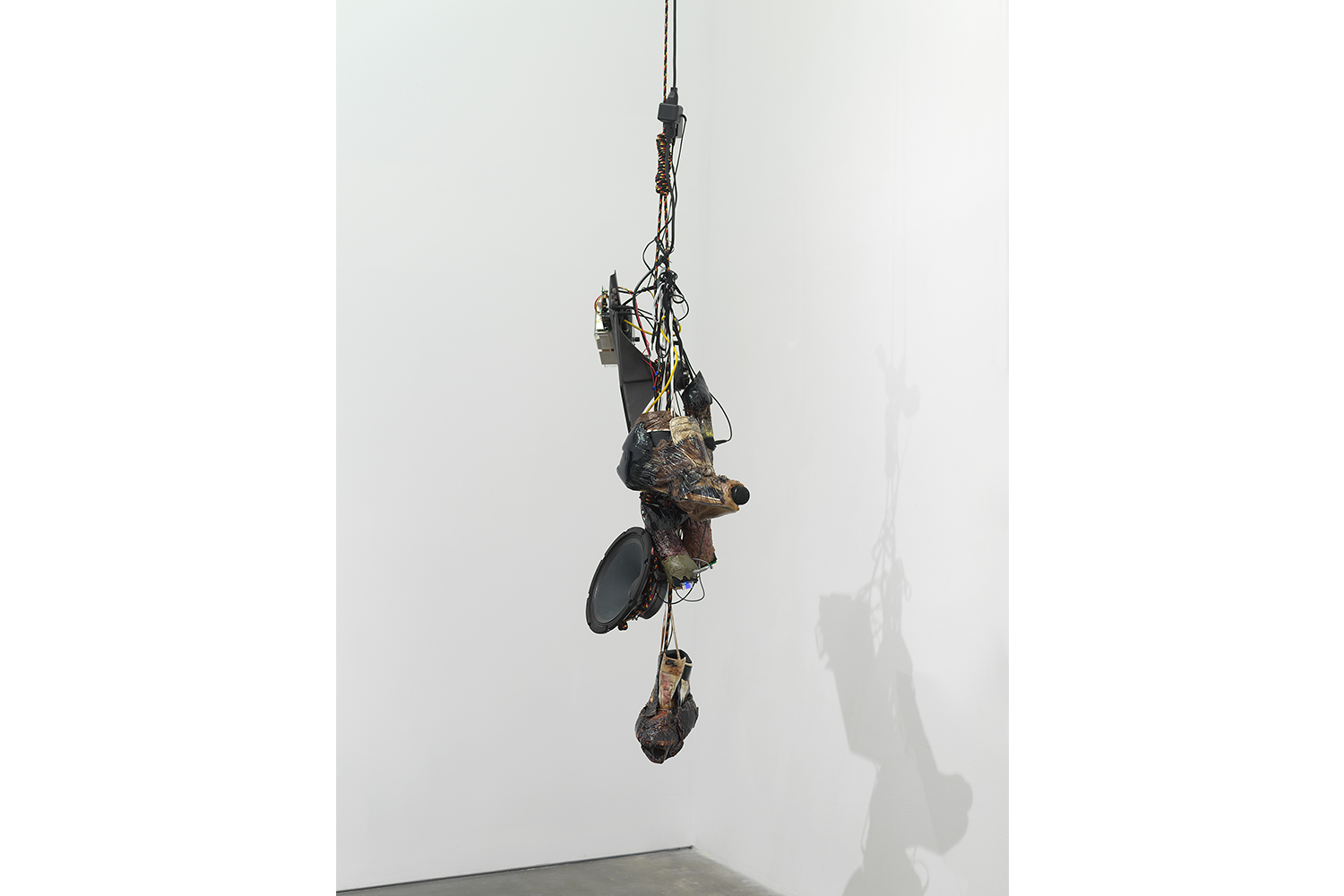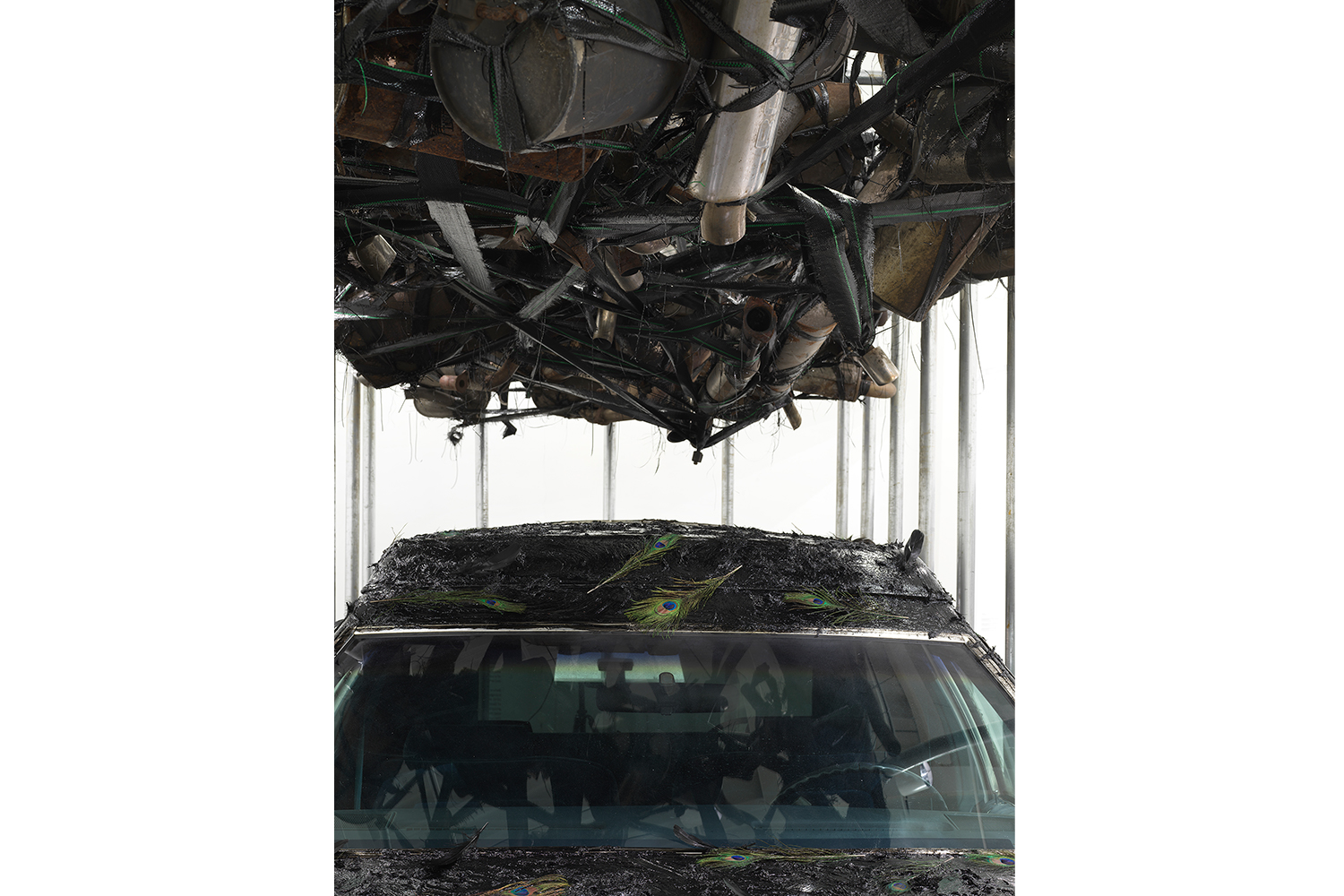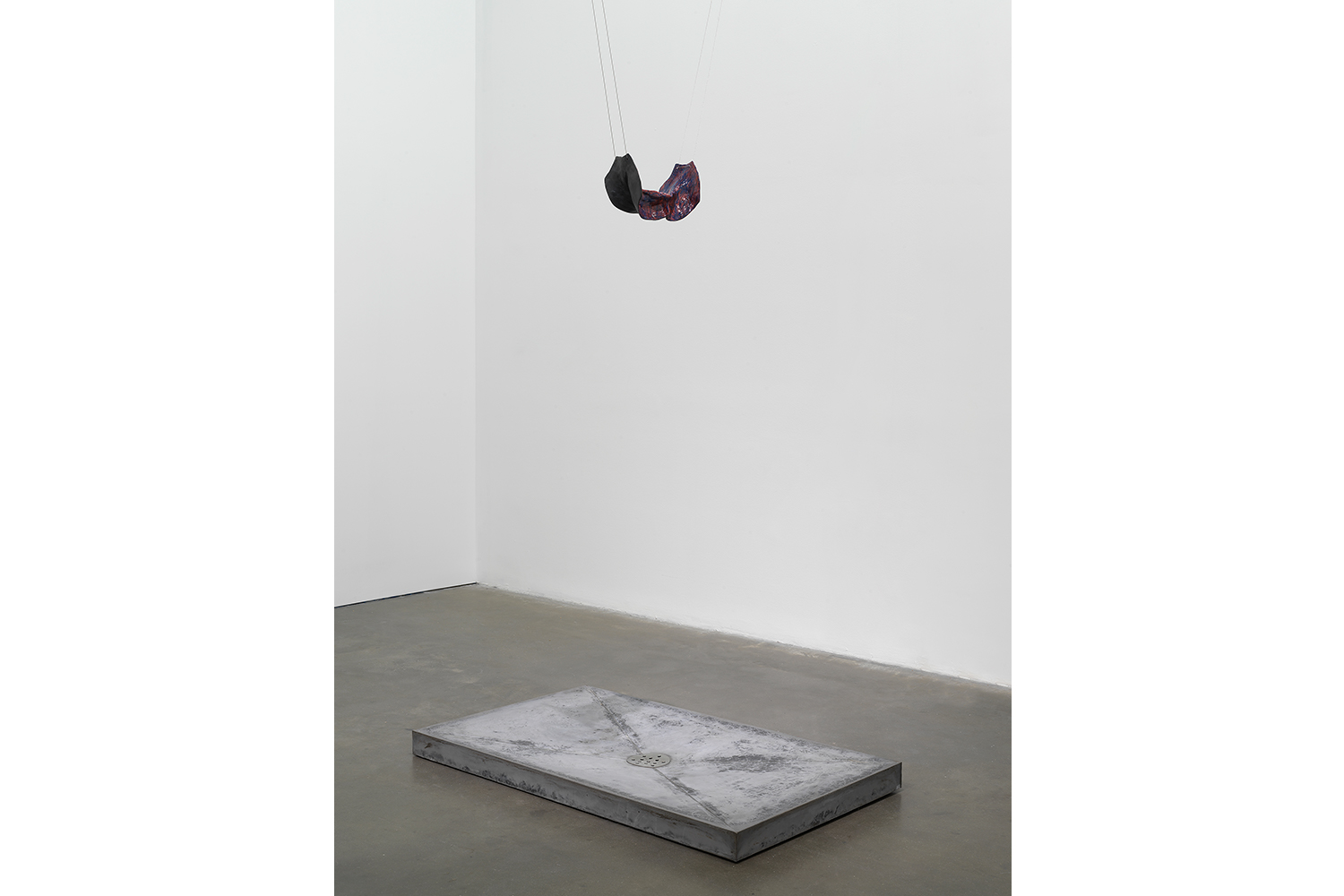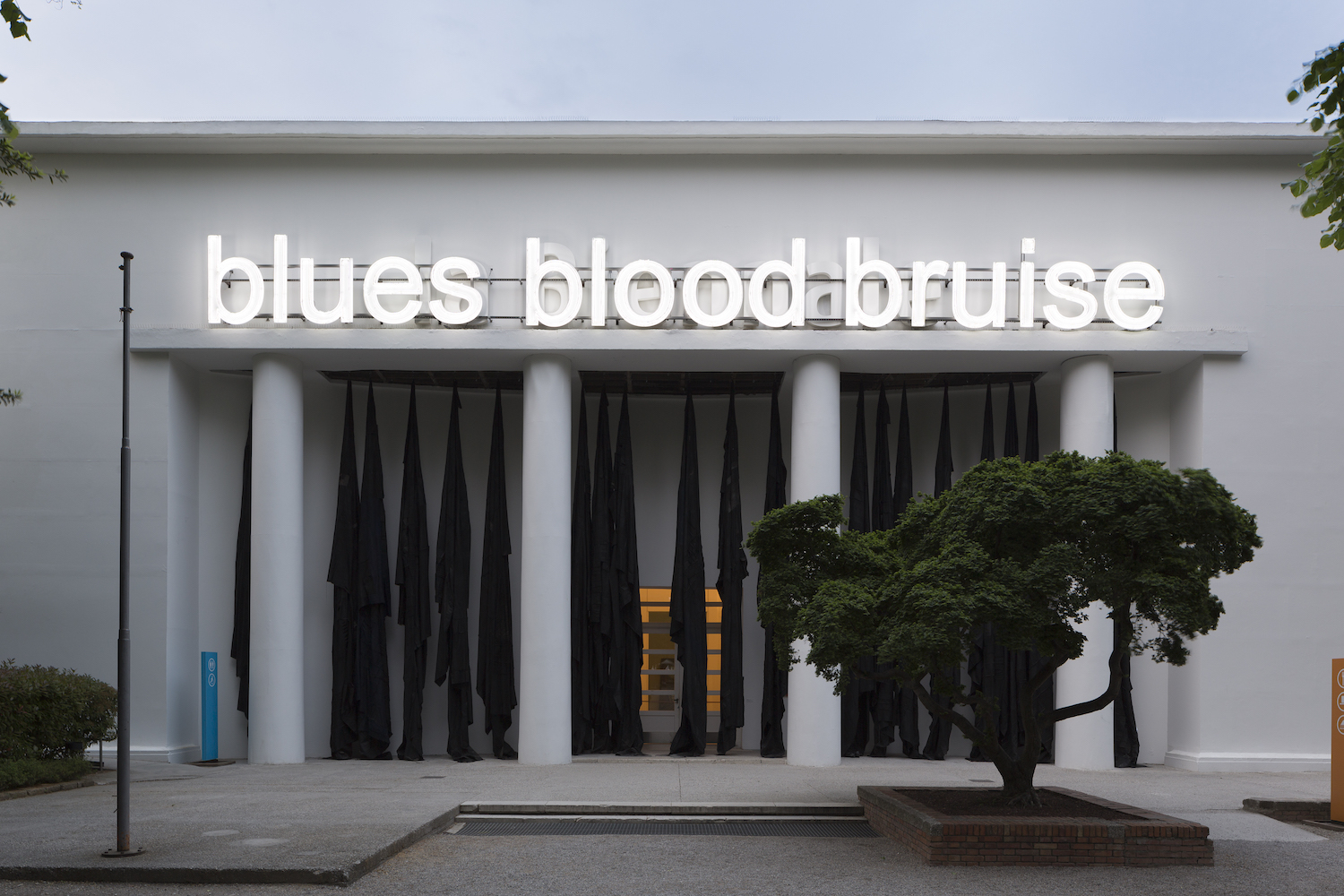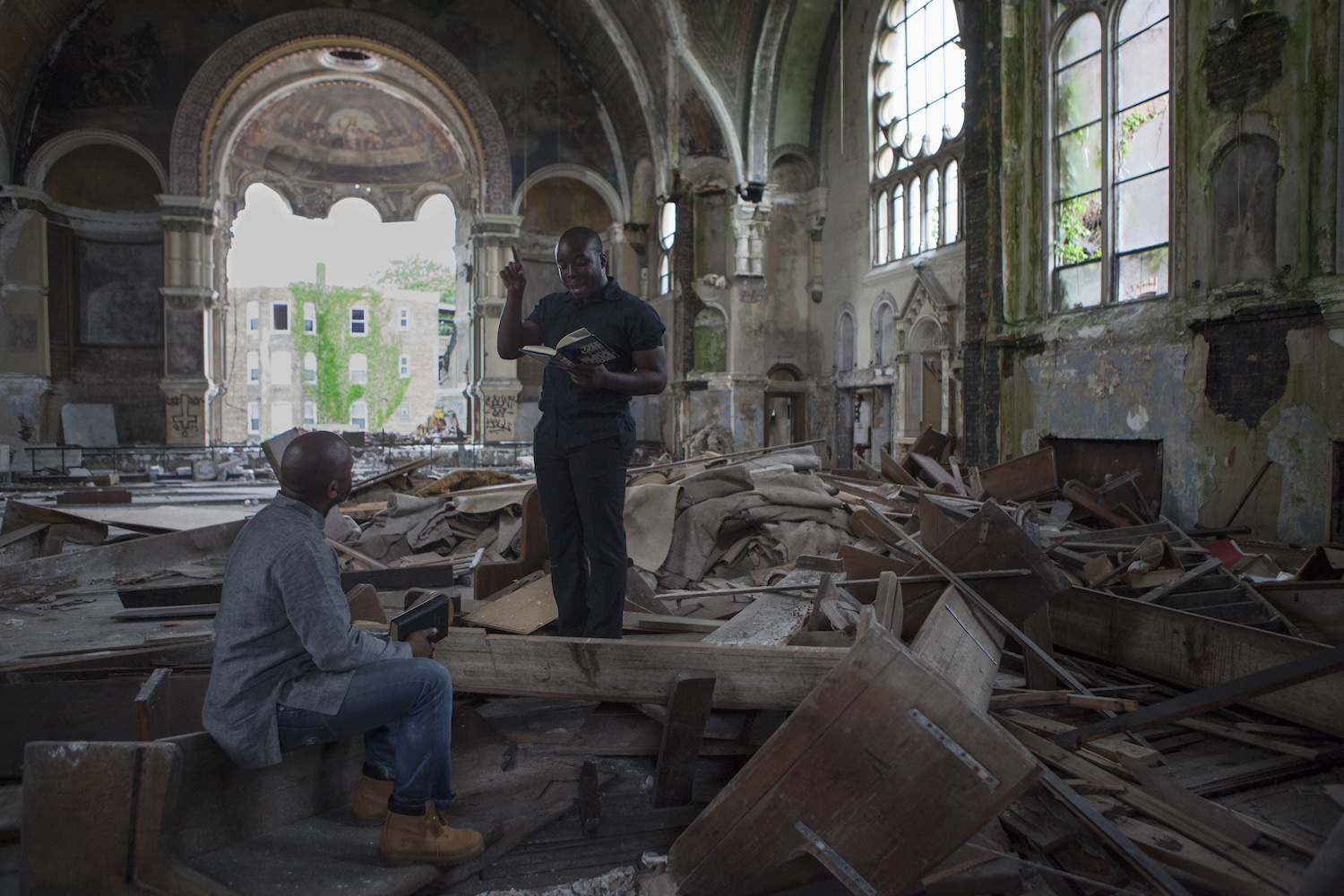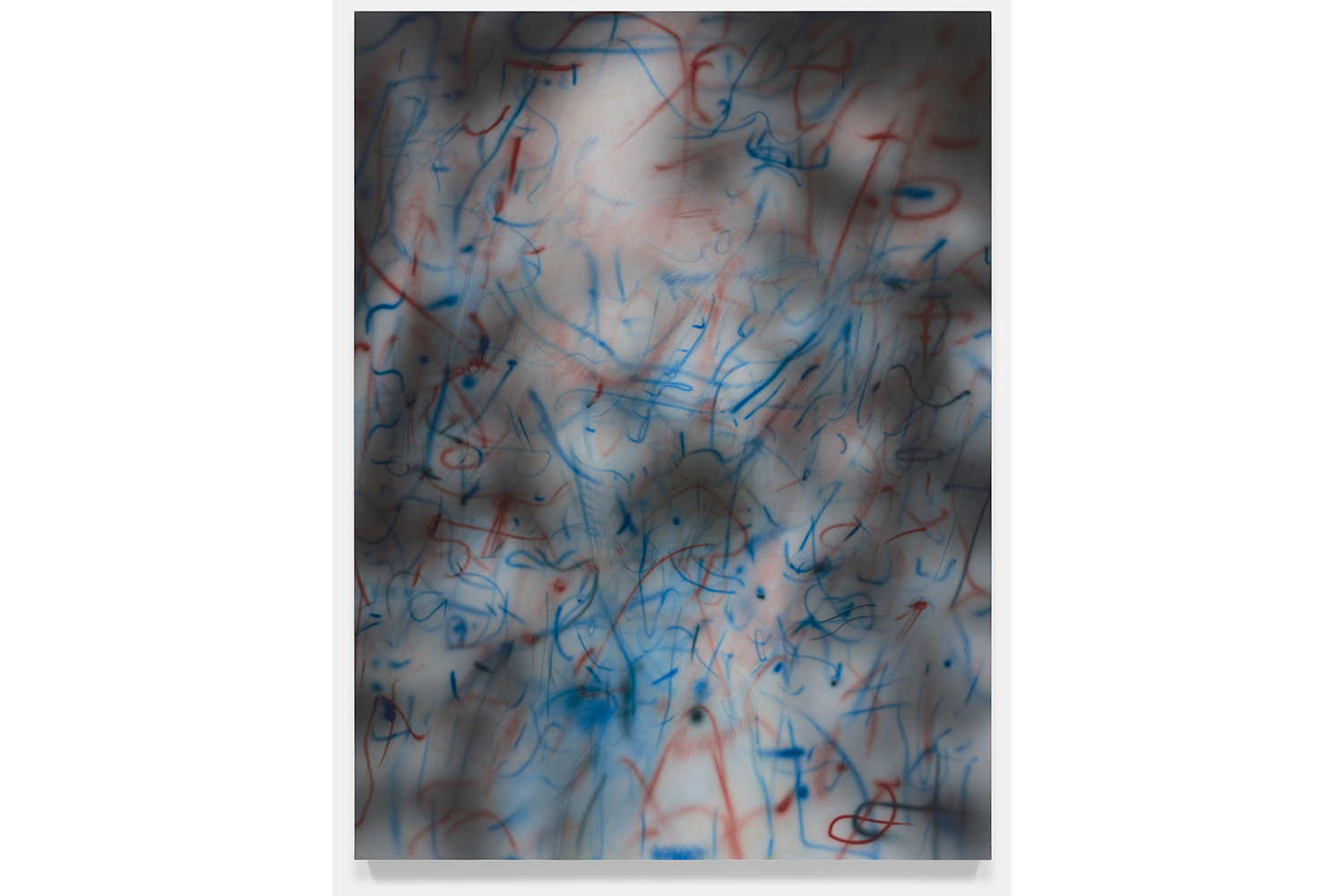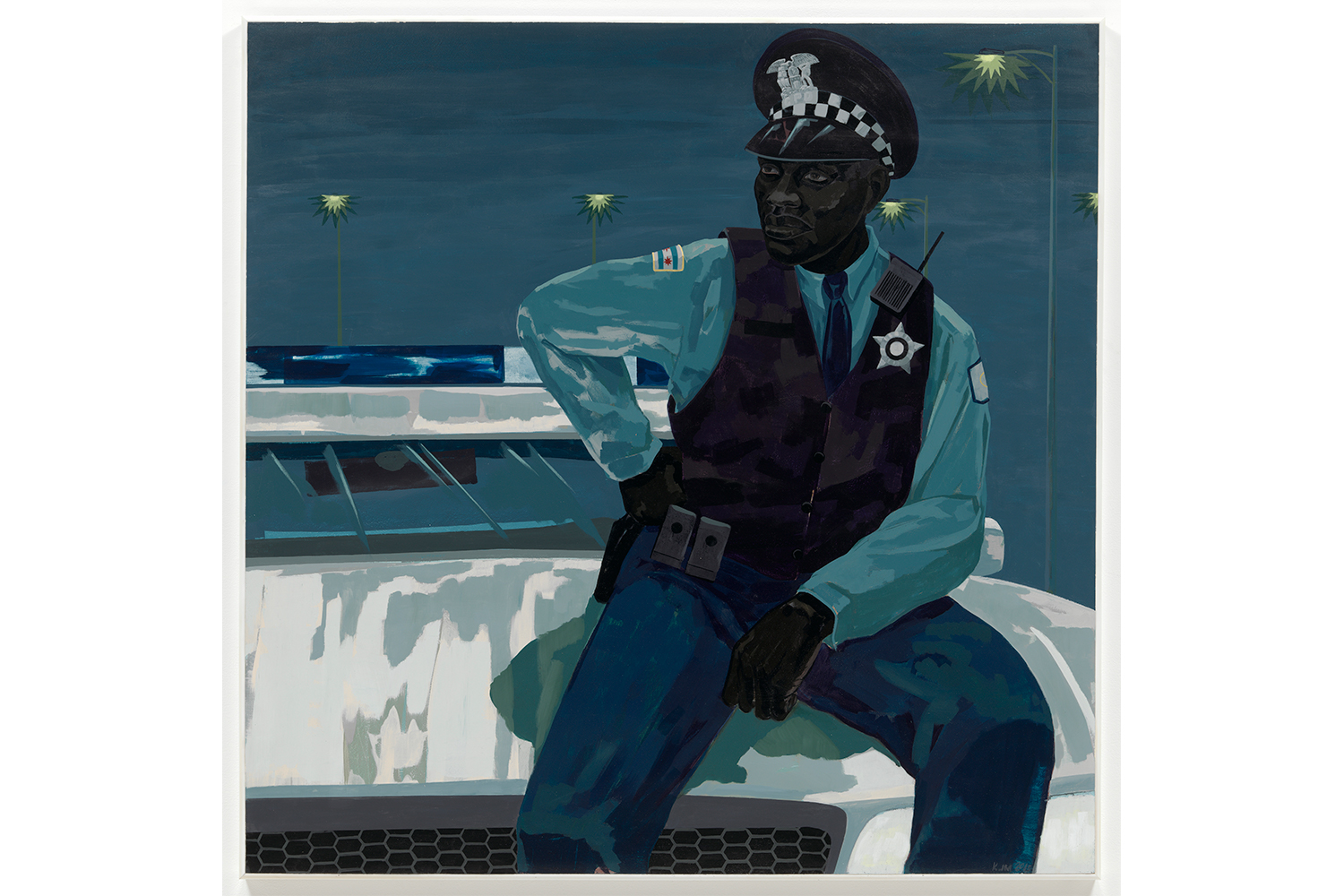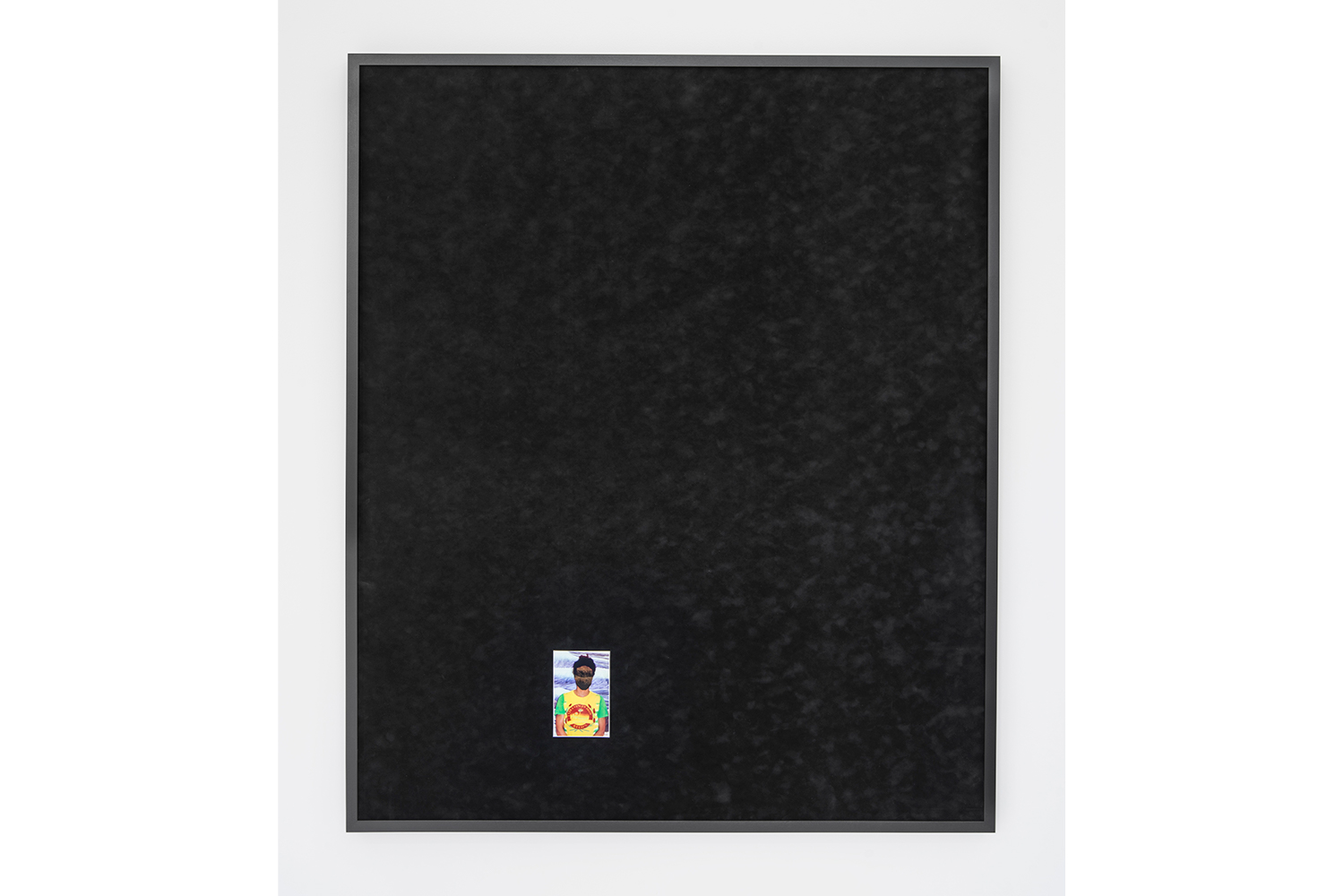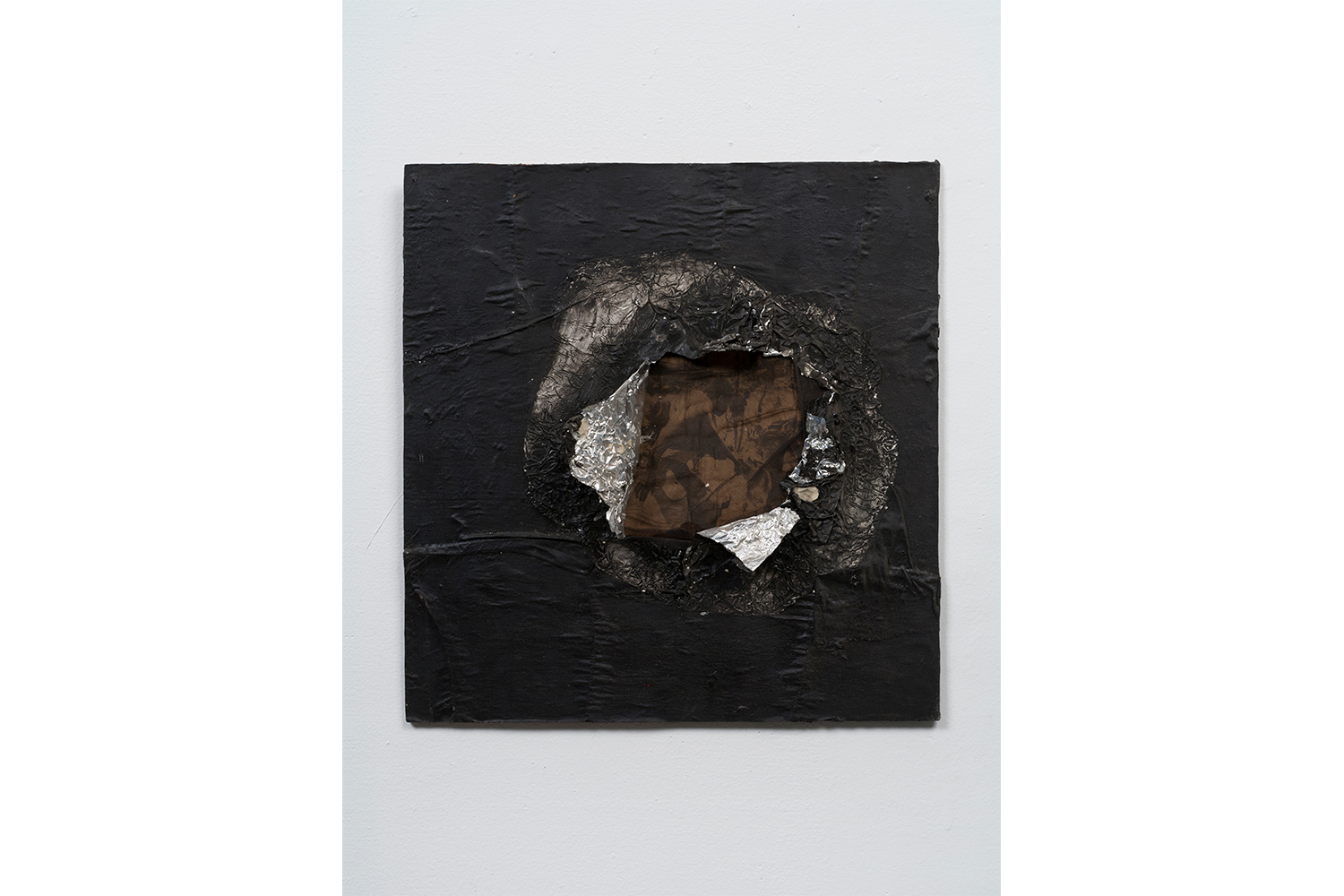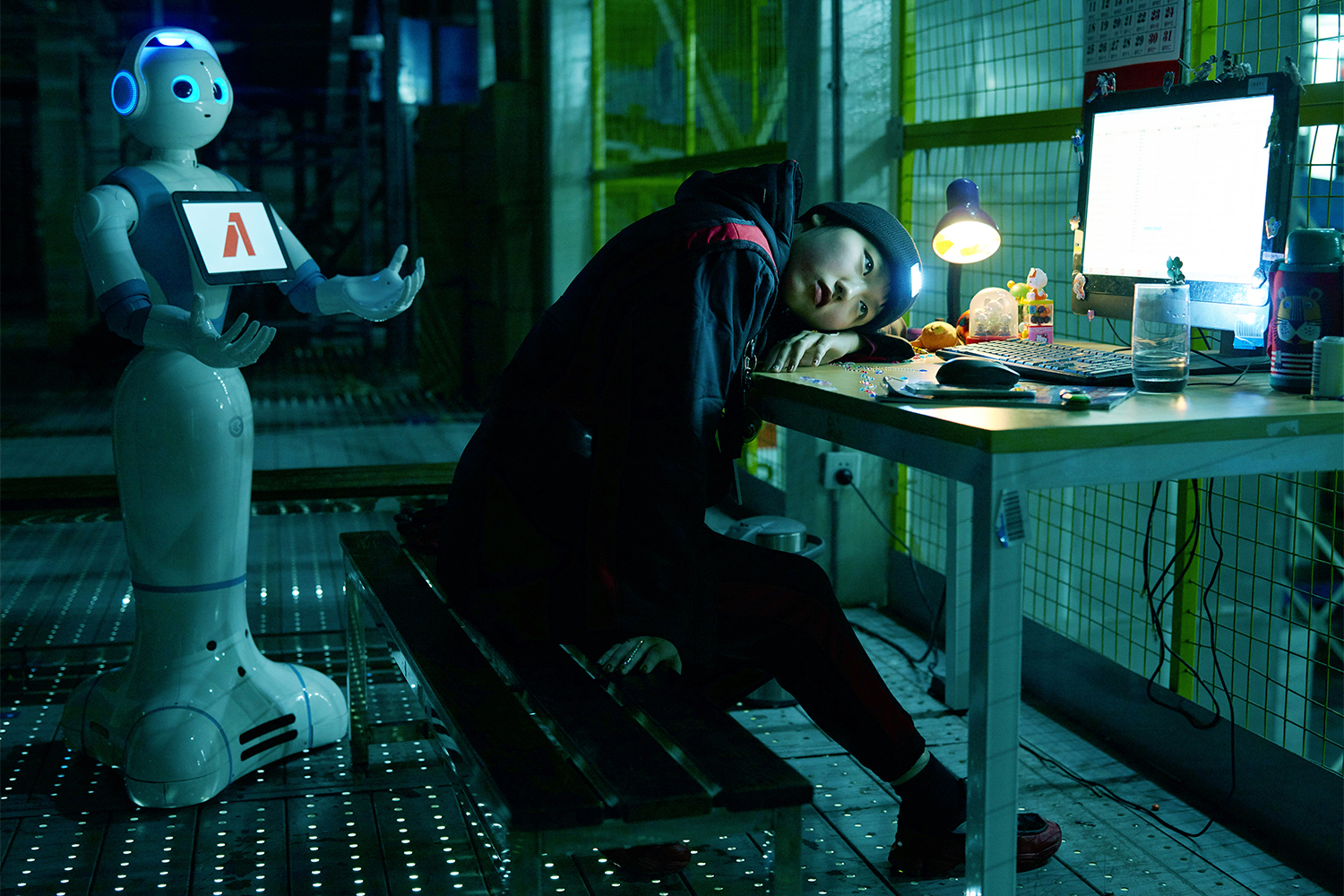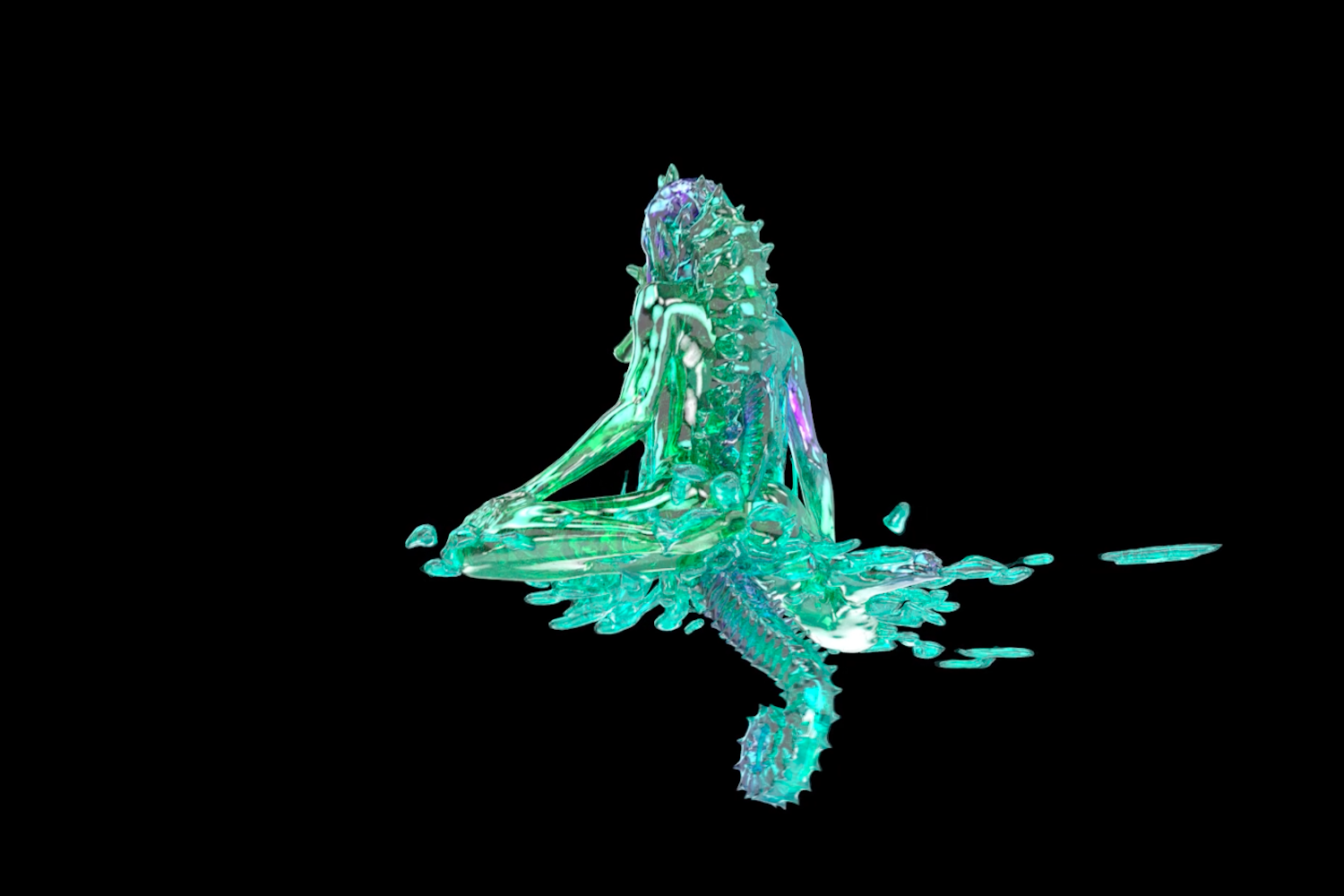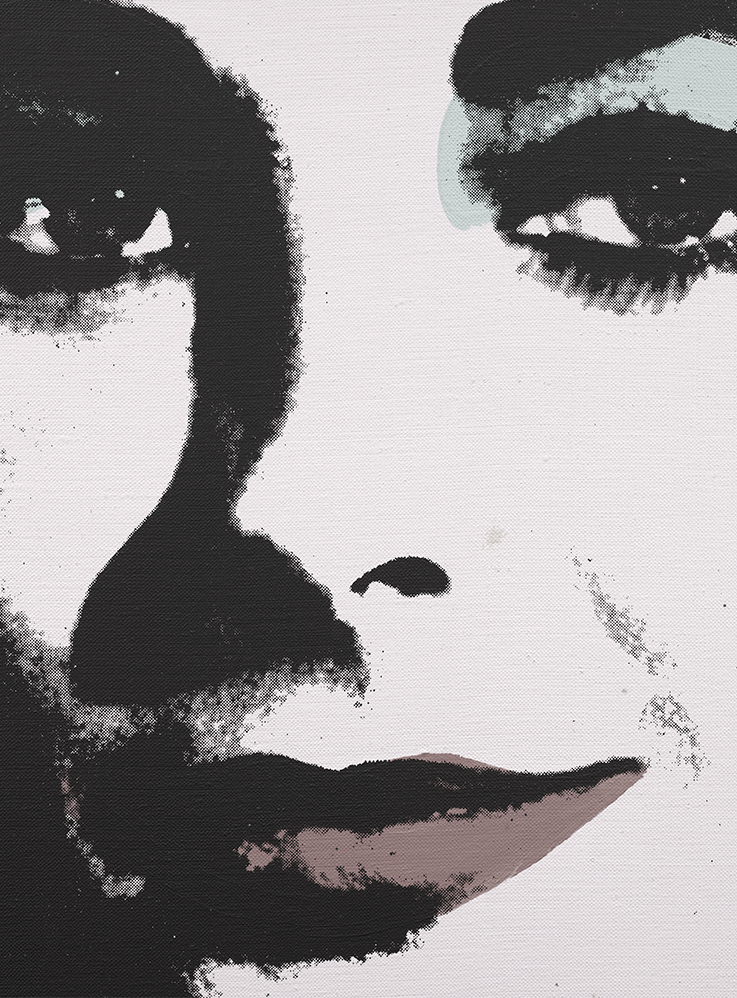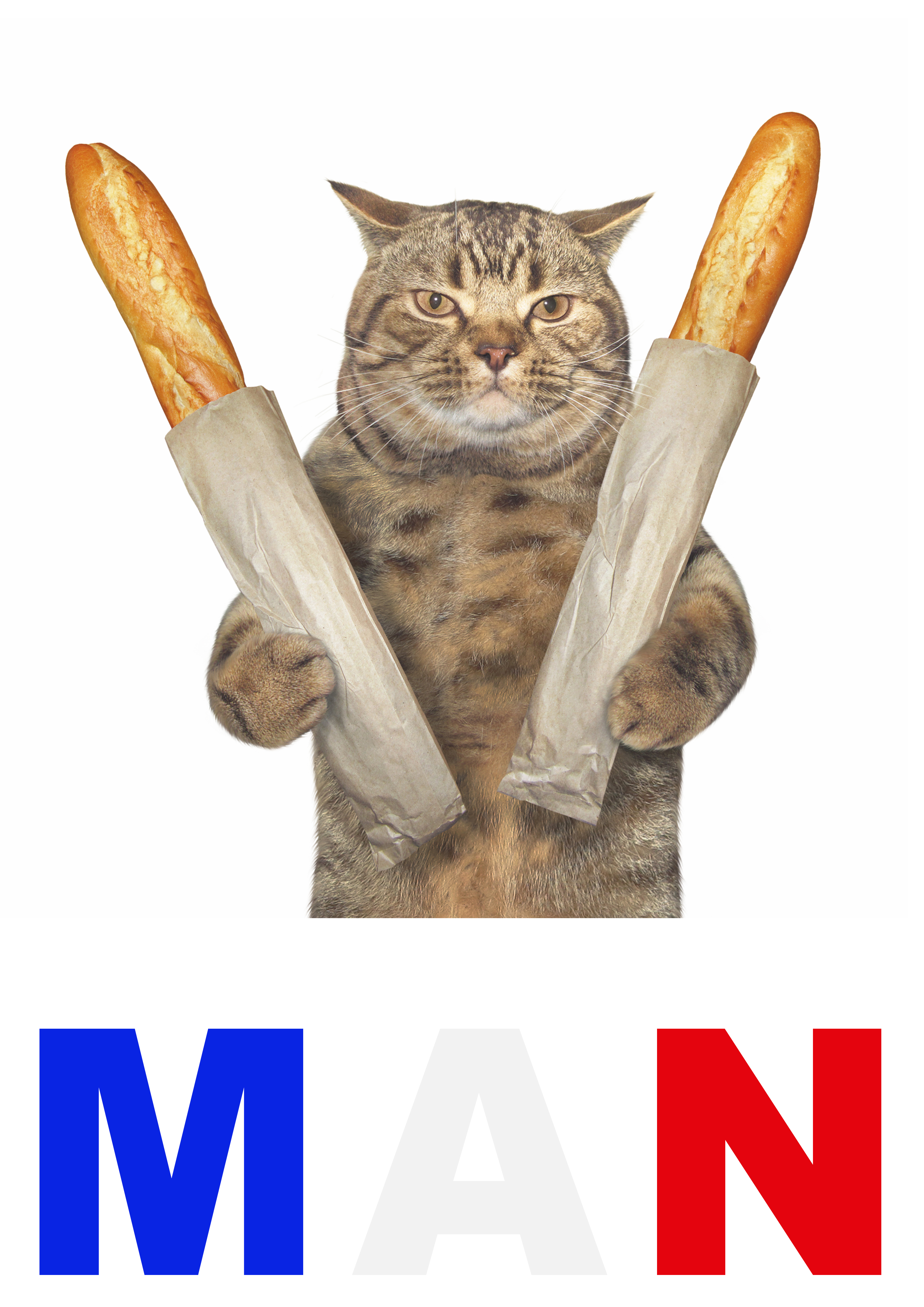“Grief and Grievance: Art and Mourning in America” was conceived by the late Nigerian-born curator Okwui Enwezor in 2018, and brought to fruition by a curatorial team — some of whom Enwezor had already been in consultation with — consisting of Naomi Beckwith, Glenn Ligon, Massimiliano Gioni, and Mark Nash. The show was planned to open during the 2020 US presidential election, in part as a response to then-President Trump’s continued deployment of “white victimhood” and, as Enwezor would have it, “grievance” in his neofascistic attempt to retain power. Fortunately that attempt failed, but the need to see, reflect on, learn from, and redress Black grief in America could not be more urgent. “Grief and Grievance” attempts to focus on this necessity through the work of thirty-seven Black artists from different generations, geographical locations, mediums, and conceptual approaches.
The notions of grief and mourning are evident in a number of works in the show. Notable, if an obvious curatorial choice, is Jean-Michel Basquiat’s Procession (1986), an acrylic on wood work that depicts four black-silhouetted figures with white eyes who look to be paying homage to a brown figure in red pants and blue shirt holding a white skull, but could also be lamenting or even attacking the lead figure. The simplicity of Basquiat’s self-taught aesthetic creates a stark impression, while remaining open to several interpretations — a popular one being that the painting alludes to a New Orleans–style funeral procession. Nearby on the third floor, Kerry James Marshall’s acrylic painting Untitled (policeman) from 2015 provides a more realistic and relatable figure: the painting shows a nonplussed-looking Black cop sitting on the hood of his squad car under streetlamps, a subtle reminder of the impossible situation Black police officers must find themselves in — being part of an organization that has historically terrorized their own community. Terror and fear are also themes that can be found throughout the exhibition: in Diamond Stingily’s Entryways (2016) for example, in which three worn-out doors with locks are placed a small distance from the wall, each with a used baseball bat leaning against it. Stingily has noted that her grandmother always kept a bat — an object for violence and protection — by the front door. A more visceral and conceptual reminder of the violence Black people have faced, and still face in America, is found in Tiona Nekkia McClodden’s THE FULL SEVERITY OF COMPASSION (2019), an empty cattle squeeze chute (used to calm cows down before slaughter) painted black. Slaves were bought and sold right up until the US Civil War, while the white majority of the US continues to put Black men behind bars at an astonishing rate compared to other groups. Like McClodden, Julia Phillips also works with absence and horrific associations. In Drainer (2018), a black ceramic cast of a pelvis bent at the waist (the inside of which is dark blue and veiny red) hangs from the ceiling over a concrete basin and steel drain. Brutality emanates from this work, with its conjuring of “showers” at Nazi extermination camps. The literal, abstracted, or absent body plays a central role in this exhibition — and how could it not, given that Black bodies have borne the brunt of white greed and hatred for hundreds of years, and continue to do so.
Enwezor and his fellow curators have included more abstract work in addition to clearly political art. On the fourth floor, for example, Julie Mehretu’s Black Monolith, for Okwui Enwezor (Charlottesville) (2017–20) is an ink-and-acrylic work that uses blurred images from the white supremacist Unite the Right rally in Charlottesville, Virginia, in 2017, as well as from the Ferguson, Missouri, protests (against the shooting death of Michael Brown by police officer Darren Wilson) in 2014. Obscuring the images and then building up an amalgamation of nonfigurative lines and shapes with acrylic and ink on canvas, Mehretu commemorates loss through concealment.
Unlike “politically orchestrated white grievance,” which orients itself in the past, in some mythical America that never was, the very real grief found in this exhibition and in contemporary Black America exists in the here and now. Jack Whitten’s Birmingham (1964), about the 1963 Birmingham, Alabama, church bombing that killed four Black girls, shows a newspaper clipping of an African American man being attacked by a white policeman with a dog. But this image only becomes clear upon looking through the blown-open hole of the black aluminum covering the work, requiring from the viewer a willingness to see. Its rippled and melted surface opens up to reveal a painful and traumatic history, exposing the past. Sometimes it takes an eruption to uncover what has been buried, to force us to see grief and pain. But all the while, it exists in plain sight, for us to see every day.

